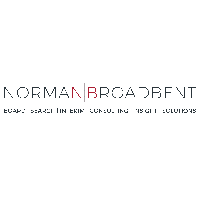With Chris Grayling announcing the programme to move rail signalling into the modern digital world last week, the future of rail is now set to be very different. With the need for trackside signals no longer required and drivers being provided with real-time information on the location of other trains on the track, we are a step away from self-driving trains.
Once in place, self-driving trains will allow operators to have more trains on the track at the same time, which will not only improve the customer experience with the increased capacity and ability to get a seat on a train, but also the safety element, as the potential for human error is removed from the system. Increased capacity is ultimately achieved because a self-driving system can allow you to reduce the gap between trains to just the breaking distance, so you can maximise the number of trains on the track at all times.
However, self-driving trains are nothing new: the Victoria line is already using Automatic Train Operation systems on passenger services and has done since 1968. As with most self-driving trains, the “driver” is only there to provide comfort to passengers and react to an emergency.
With the decision to digitise the railway, we have already started to see both public and private sector investment in new technology. Network Rail estimates there will be a further c.£2bn of investment between 2019 and 2024, which is on top of the £450m already committed in 2016. From a private sector perspective, we have seen train leasing and Train Operating Companies also begin to invest, with Govia Thameslink ordering 115 digital trains from Siemens. Amongst many of the benefits these new digital trains bring is the ability to provide real-time maintenance data to the operator, which will enable them to predict when a train is likely to fail, and put preventative measures in place to ensure this doesn’t happen. On top of this, the technology will also be able to recalculate timetables and re-direct trains should something go wrong, thus minimising the effect on passengers.


